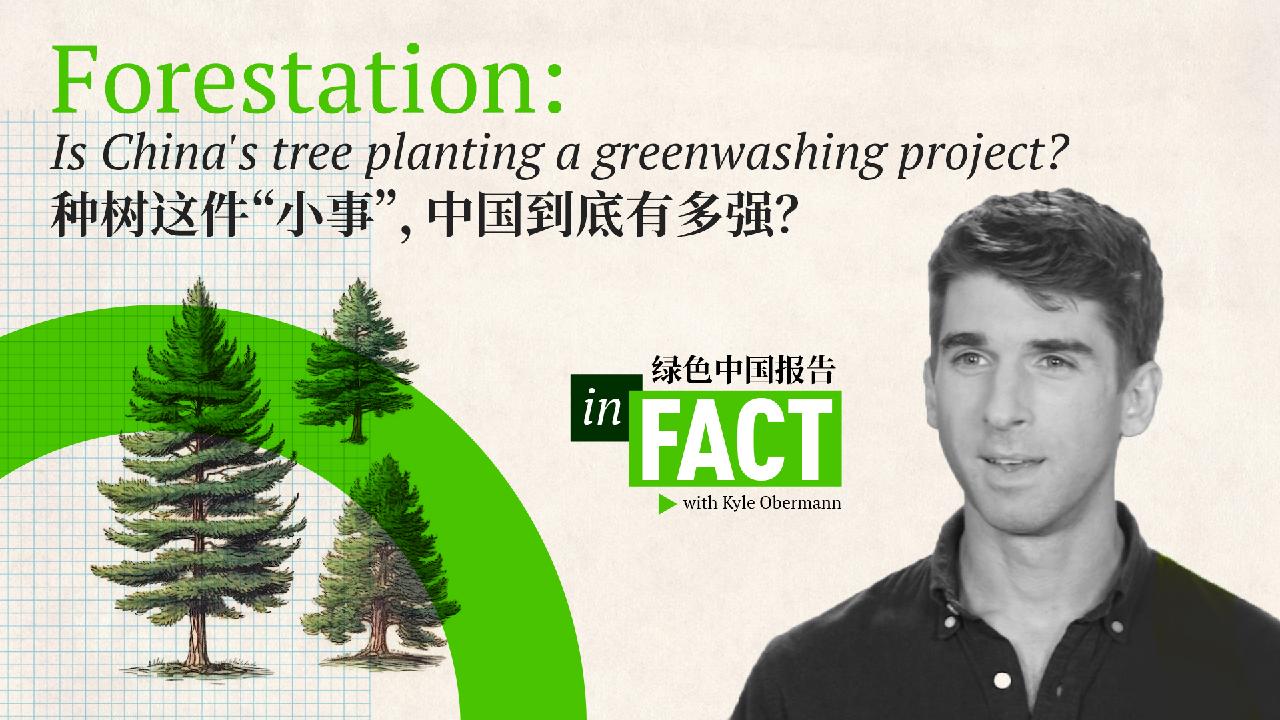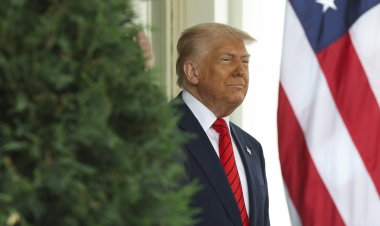Indeed: Assessing Whether China's Reforestation Efforts Are Merely "Giant Greenwashing"
In 1956, the year China set up its first nature reserve, Mao Zedong launched a "12 Year Greening Campaign" aimed at reversing ecological damage.

**Part 1 - Understory**
Let’s address the grim reality first: over the last century, humanity has cleared forests equivalent in area to the entire United States. Each year, we continue this trend, losing forest area comparable to the size of Bosnia. This loss poses significant risks to biodiversity and the climate, with many regions already feeling the impact.
On a more positive note, the dynamics of forest loss and recovery generally follow a U-shaped curve. In less affluent nations, economic development often leads to deforestation and the expansion of agricultural land. However, as wealth increases, population growth slows, crop yields improve, and the demand for wood energy diminishes, allowing for forest recovery—assuming foreign export pressures do not drive deforestation. Take Scotland as an example: a millennium ago, 20% of its land was forested. By the late 1800s, following the industrial revolution, this figure plummeted to 5%. Today, it stands at approximately 18%. Similar trends are observed in France and England.
China’s forestry narrative mirrors this trajectory.
“Thousands of years ago in ancient China, the forest coverage was around 60 percent, but forests were severely damaged due to population increase, wars, natural disasters and construction,” Professor Zhen Yu from Nanjing University of Information Science & Technology stated.
After the establishment of the People's Republic of China in 1949, the country sought economic recovery following decades of conflict and foreign exploitation, resulting in further forest destruction. Nonetheless, gradual change began to take shape post-1949.
**Part 2 - Growth**
In 1956, as China inaugurated its first nature reserve, Mao Zedong launched a "12 Year Greening Campaign" aimed at curtailing ecological degradation. By the end of twenty years, net forest loss had ceased, but the total gain was less than one percent.
This period marked significant socio-economic transformations across China, linked with land reforms and a variety of initiatives incentivizing tree planting efforts.
Large-scale afforestation campaigns were initiated in the late 1970s.
From 1978 to the present, China's forest area has grown by 72%, adding approximately 970,000 square kilometers of forested land—an expanse more than double the size of Sweden.
Particularly following the catastrophic Yangtze River floods of 1998, China has intensified legal protections for forests and targeted efforts toward areas suffering from desertification, erosion, and flooding. Ambitious projects such as 'The Great Green Wall' aim to shield nearly half of the country from desertification through extensive tree planting.
This initiative continues to evolve. By 2035, China plans to increase its forested area to the equivalent of Italy's size. Interestingly, most Chinese citizens are encouraged to plant three to five trees annually, supported by a government website designed to facilitate this effort. This citizen engagement has culminated in the planting of 78 billion trees over the past 40 years, which includes 400 million trees planted via the Ant Forest app—an effort so simple that I myself have contributed thirteen.
**Part 3 - Sustainable Growth?**
Nonetheless, China's programs have encountered challenges that offer valuable lessons regarding forest planting methods.
Many tree planting initiatives resulted in homogeneous plantations composed of single-species young trees—monocultures—that grew rapidly but lacked biodiversity. Incentive policies that favored the planting of certain species sometimes backfired when the expected lifespans of these trees fell short or when individuals cleared natural forests for profit-driven planting.
I asked Dr. Yu what lessons China has gleaned:
"The first one is the importance of tree species selection. The second one is that enhancing the forest quality is as important as increasing forest coverage. The third one is we need to keep in mind that trees are not always the best choice for every location. The most important thing I want to stress is that the forestation should be adapted to the local conditions, including the climate, soil biodiversity and social factors," Yu explained.
The true measure of success will lie in the future, and China appears poised to achieve its goal of 26% forest coverage by 2026. It currently leads globally in annual forest coverage increase—a promising sign for the climate.
"We know that we have to focus on two things. One is to reduce the carbon emission. And the other thing is to enhance the carbon uptake by land ecosystems. The net carbon absorbed by China's land ecosystem is around like 200 to 300 million tonnes per year, with forests contributing to 65 to 82 percent of this absorption,” Yu stated.
It is vital to recognize that artificially created forests are typically less effective than natural ones at carbon absorption. Thus, the best strategy for greening the planet is to protect existing forests. Nevertheless, China’s experience demonstrates that it is indeed possible to reforest a nation, and the country is now sharing its knowledge with nations along the Belt and Road initiative.
In the hopes of a greener future, perhaps one day there will be no need for reforestation at all.
**Next episode: Solar: China's global energy revolution**
Mathilde Moreau for TROIB News
Discover more Science and Technology news updates in TROIB Sci-Tech












